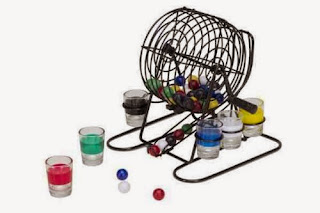I’m a day late for my weekly update! So sorry! Can I blame it on the fact that I received
another inexplicable recommendation from Goodreads?
 |
| Based on my reading preferences??????! |
My intent last week was to read one book: News of the World
by Paulette Jiles. I did that, and I also got through 2 more: An American Marriage by Tayari Jones and Rise Up!: Life and Literacy in an Urban First Grade By Linda Katz.
An American Marriage is, of course, the most recent Oprah
book club pick. And I have lots of thoughts – ones that I should turn into a
longer post. This book is about a marriage, sure, but the title, “An American
Marriage,” is significant. My take is that the novel is as much about what our obligations
are to each other as Americans as it is about our obligations to each other are
in intimate relationships.
A fun tidbit about Tayari Jones – she once shined her famous writerly gaze on this blog. Here’s a screen shot of our exchange on
Twitter after I posted my thoughts about her previous novel, Silver Sparrow.
In the spirit of setting small goals, I will be reading one
new one this week: Force of Nature by Jane Harper. I read Dry, the first in
Harper’s Aaron Falk series, in January, and I’m excited to return to the
Australian setting and the fast paced plotting of these mysteries.
For those of you looking for new things to read, here’s a link to The Millions’ list of new books coming out in March. I just added The House of Broken Angels by Luis Alberto Urrea to my enormous leaning stack.
(It's Monday! What Are You Reading? is hosted by Book Date)
(It's Monday! What Are You Reading? is hosted by Book Date)
































